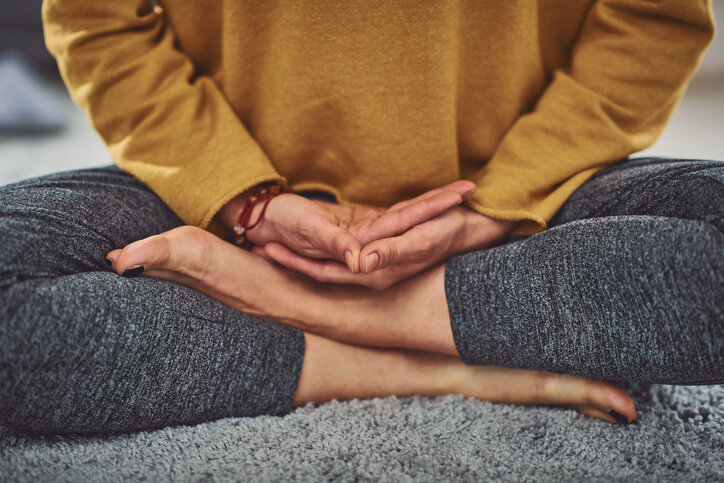A Book for These Times
/This year marks my fiftieth anniversary as a body therapist and healer. What I eventually came to know as “body wisdom” was the result of working with the wonderful, intelligent people of Santa Barbara and Montecito. For their trust and continued support, I am eternally grateful.
From the beginning, it was apparent that in order to heal the body, you needed to include the mind. If not, even the most brilliant hands-on work was short-lived, eventually reverting to old tensions and habits. In order to ensure long-lasting success, I developed a bunch of fun facts and experiential exercises to help the mind understand the body. Though no two healing journeys are the same, the impetus to embark always entails some kind of discomfort. Whether physical, emotional, spiritual, social, relational, or circumstantial, there’s catalyst that nudges us to grow and let go.
As I hold everyone in my loving thoughts, I realize that this year has been one big catalyst. On so many levels we’ve been challenged to let go in order to go on. Circumstances have made us slow down and stay apart. As a result, we’ve been spending an inordinate amount of time just with ourselves- our body, our thoughts. We feel the stress, we hear the distress. Your particular tension and self-talk are probably familiar. Rooted in history and reinforced by uncertainty, your discomfort reveals what needs to heal. Why not use this opportunity to change the story- for now and the future? Here’s a timely exercise I designed to help you along:
Get small. Instead of resisting the flow, embrace the moment. To let go of tension in your body, get underneath it. Locate muscles that are stuck with tension and slowly, softly move the bones underneath. As you break the lock-hold and get things moving, feel the tension dissipate and carry away all the reasons why. Getting things moving shifts the perspective so you can see the big picture.
Get big. Instead of reinforcing negatives, change your expectation. Reframe social isolation as an opportunity to explore virtual connectedness. No, not on the internet but through your imagination. Close your eyes and let your body’s spatial awareness open to everything nearby- sounds, trees, air. Then expand the near space to embrace all the places and people that are dear to you. Feeling the comfort of connection to something bigger than yourself helps you relax.
I don’t need to tell you that stress and deprivation undermine good health. I do need to tell you that paying attention and applying a bit of body wisdom can make a difference.
A couple of years ago, I wrote a book to introduce readers to the intelligent body and bring it into everyday life. Designed as a journey of self-discovery and self-healing, A Guide to Body Wisdom- What Your Mind Needs to Know About Your Body is the perfect book for our times. There’s a whole chapter on stress and relaxation and a trouble-shooting index with formulas for emotional upheaval, finding perspective, and existential crisis. Ultimately, the intention of the book is to help readers listen to and trust their inner knowing. What a valuable touchstone for these uncertain, tumultuous times.
Whether or not you use my book as a guide, I hope you’ll remember to pay attention to your body-mind and avoid the tendency to hold on to unproductive ways. As you head in to the holiday season, remember the small things that make a difference and align with the big things that are part of the magic. Being body-wise will help you indulge without over-indulging; set aside time for rest when needed; and honor rituals to anchor intention for the new year ahead. Going forward, continue to cultivate your body wisdom. Besides helping you through challenging times, it may hold the key to renewed inspiration, intimacy, and spiritual connection.
A Guide to Body Wisdom- What Your Mind Needs to Know About Your Body is available online or locally in the SB area at Chaucers, Tecolote, and Heritage Goods and Supply.
For your calendar: Carly Newfeld, host of “the Last Word: Conversations with Writers” will be interviewing me about my book. Broadcasting this Thursday, Dec. 10 at 6 pm MT on KSFR public radio in Santa Fe NM- 101.1 FM and livestreaming on www.ksfr.org















